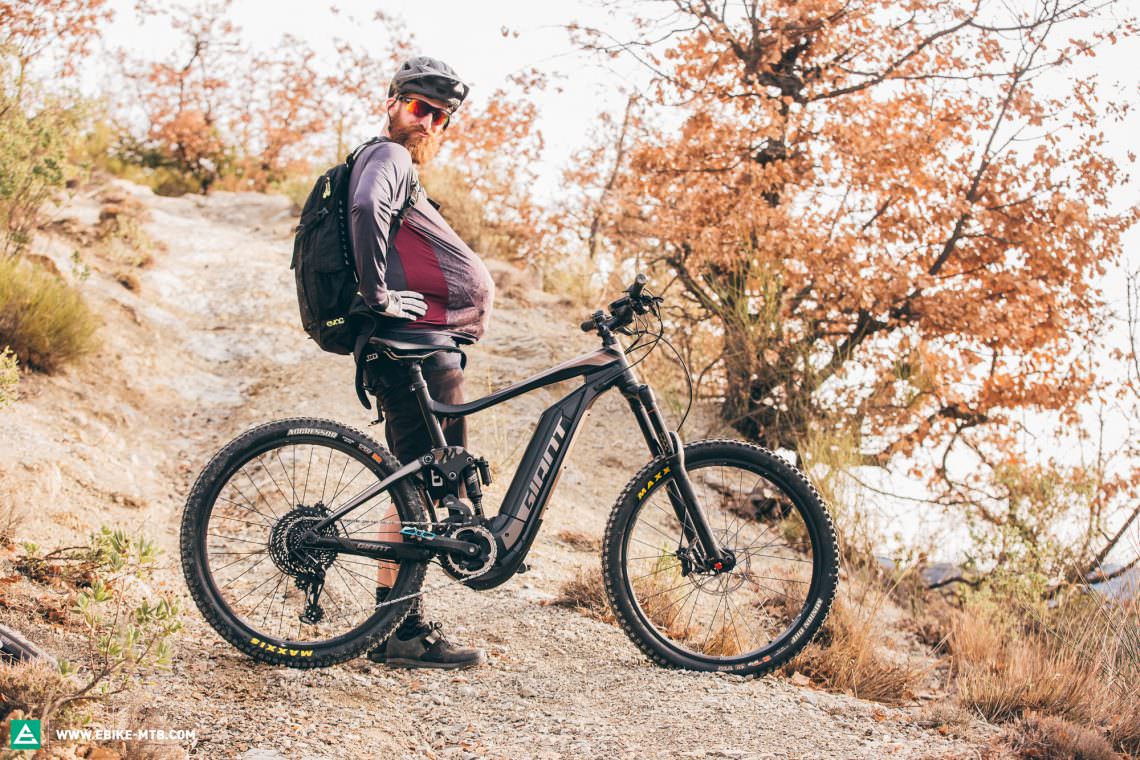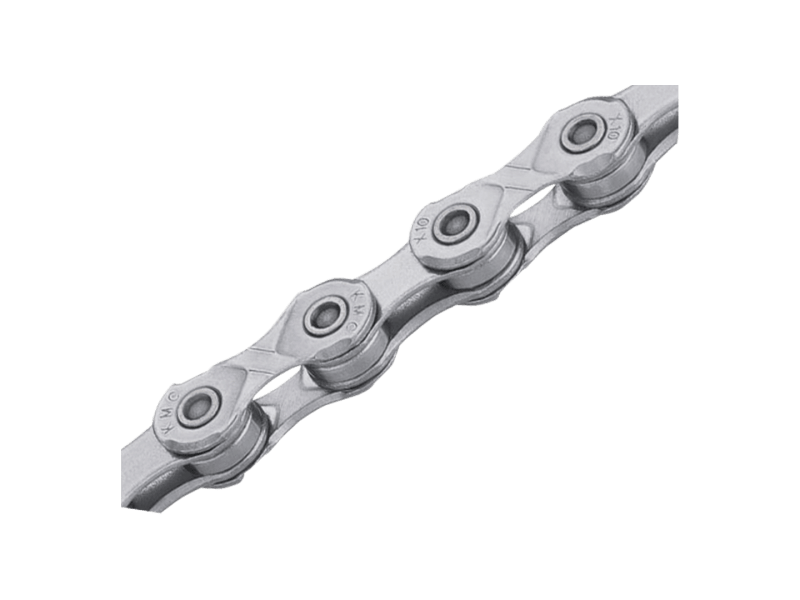Mountain bike weight limits typically range from 250 to 300 pounds. This includes both the rider and any gear carried.
Mountain biking is a thrilling sport that demands reliable equipment. Knowing the weight limit of a mountain bike is crucial for safety and performance. Overloading a bike can lead to structural damage and potential injuries. Manufacturers specify weight limits to ensure optimal functionality and longevity.
Riders must consider both their body weight and the weight of any additional gear. Choosing a bike that suits your weight ensures a smooth and safe riding experience. Always check the manufacturer's guidelines and consult with experts if needed. This helps in making an informed decision and enjoying your mountain biking adventures to the fullest.

Credit: ebike-mtb.com
Importance Of Weight Limit
The weight limit of a mountain bike plays a crucial role. It affects both safety and performance. Ignoring the weight limit can lead to serious issues. Understanding its importance helps you make informed decisions.
Safety Concerns
Exceeding the weight limit can be dangerous. The bike's frame may not support extra weight. This can cause frame cracks or even breaks. Safety is the top priority for any rider.
Here are some potential safety risks:
- Frame cracking or breaking
- Wheel deformation or failure
- Braking system inefficiency
- Increased risk of accidents
Bike Performance
Weight limit affects your bike's performance. A bike within its weight limit works efficiently. It ensures smooth rides and better control.
Key performance areas impacted by weight limit include:
| Performance Area | Impact of Exceeding Weight Limit |
|---|---|
| Speed | Reduced speed due to extra load |
| Control | Difficulty in handling the bike |
| Suspension | Increased wear and tear |
| Durability | Shortened lifespan of components |
Maintaining the recommended weight limit is crucial. It ensures your bike performs at its best.
Factors Affecting Weight Limit
Understanding the factors affecting a mountain bike's weight limit is crucial. It helps riders choose the right bike for their needs. Two main factors impact this: frame material and component strength.
Frame Material
The frame material plays a huge role in the bike's weight limit. Different materials offer varying levels of strength and flexibility.
| Material | Weight Limit (lbs) | Characteristics |
|---|---|---|
| Aluminum | 250-300 | Lightweight, affordable, common |
| Steel | 300-350 | Durable, heavy, absorbs shocks |
| Carbon Fiber | 250-300 | Light, stiff, expensive |
| Titanium | 300-350 | Strong, light, costly |
Component Strength
Besides the frame, other components also affect the bike's weight limit. These include wheels, forks, and handlebars.
- Wheels: Must support the rider's weight and stress during rides.
- Forks: Need to be strong enough to handle rough terrains.
- Handlebars: Should be sturdy to provide control and stability.
Each component's strength contributes to the overall durability of the bike. Ensuring each part is robust helps maintain the bike's weight limit.
Determining Your Bike's Weight Limit
Mountain bikes are designed for rugged terrains and adventurous rides. Ensuring your bike can handle your weight is crucial. Riding a bike that exceeds its weight limit can lead to safety issues and faster wear and tear. This section will help you understand how to determine your bike's weight limit effectively.
Manufacturer Specifications
Each mountain bike comes with a set of manufacturer specifications. These specifications include the bike's weight limit. You can usually find this information in the user manual or on the manufacturer's website. It is essential to adhere to these guidelines to ensure your safety and the longevity of your bike.
Here's how to find your bike's weight limit:
- Check the user manual for weight guidelines.
- Visit the manufacturer's official website.
- Look for stickers or labels on the bike frame.
Consulting Experts
If you are unsure about your bike's weight limit, consulting experts can be helpful. Bike shop professionals and experienced cyclists can provide valuable insights. They can help you understand the limitations and suggest suitable upgrades if needed.
Here are some ways to consult experts:
- Visit a local bike shop for advice.
- Join online forums and communities.
- Ask experienced friends or fellow cyclists.
By following these steps, you can ensure that your mountain bike is safe and suitable for your adventures.
Impact Of Exceeding Weight Limit
Understanding the impact of exceeding the weight limit on a mountain bike is crucial. This ensures both the longevity of your bike and your safety. Exceeding the weight limit can lead to several issues that affect your biking experience.
Potential Damage
Exceeding the weight limit can cause significant damage to your bike. The frame might bend or break. The tires can wear out quickly. The suspension system may fail. These damages can be costly to repair.
Here's a table summarizing the potential damages:
| Component | Possible Damage |
|---|---|
| Frame | Bending or breaking |
| Tires | Quick wear and tear |
| Suspension | Failure |
Rider Safety
Exceeding the weight limit compromises rider safety. The bike may not handle well. This can lead to accidents. The brakes might not work effectively under extra weight. This increases the risk of crashes.
Consider these safety risks:
- Poor bike handling
- Increased risk of accidents
- Ineffective brakes
Always check the weight limit of your mountain bike. Stay within the recommended range. This ensures your bike lasts longer and keeps you safe.
Choosing The Right Bike
Choosing the right mountain bike is crucial for a safe and enjoyable ride. One key factor is the bike's weight limit. This ensures the bike can handle your weight and gear. Let's explore important considerations.
Weight Capacity
Mountain bikes have different weight capacities. This is how much weight a bike can support safely. Check the manufacturer's specifications for weight limits.
| Bike Type | Weight Capacity (lbs) |
|---|---|
| Standard Mountain Bike | 250 |
| Heavy-Duty Mountain Bike | 300 |
| Specialized Mountain Bike | 350 |
Always choose a bike with a weight limit higher than your total weight. This includes your body weight and any gear you carry.
Riding Style
Your riding style affects the type of bike you need. Different styles put varying stresses on the bike.
- Cross-Country: Light and fast, ideal for smooth trails.
- Trail Riding: Versatile, for a mix of terrain and conditions.
- Downhill: Built for speed and rough terrains, offers more durability.
Consider your primary riding style to choose the right bike. Each style has specific features designed for different stresses and terrain types.

Credit: bicycles.stackexchange.com
Maintenance Tips
Maintaining your mountain bike is key to ensuring it operates efficiently. Regular maintenance helps prevent damage and prolongs the bike's life. Here are some essential tips to keep your bike in top shape.
Regular Inspections
Regular inspections are crucial for keeping your mountain bike in good condition. Inspect the frame for any cracks or dents. Check the tires for wear and ensure they are properly inflated. Examine the brakes for responsiveness and make sure the brake pads are not worn out.
- Frame: Look for cracks or dents.
- Tires: Ensure proper inflation and check for wear.
- Brakes: Check responsiveness and brake pads.
Component Upgrades
Upgrading components can significantly improve your bike's performance and weight capacity. Consider upgrading to lighter, more durable materials. Carbon fiber frames, for example, are both strong and lightweight. Also, look at upgrading your wheels and suspension system.
| Component | Upgrade Option |
|---|---|
| Frame | Carbon fiber |
| Wheels | Lightweight alloys |
| Suspension | Advanced shock absorbers |
Upgrading to these components can help improve your bike's longevity and performance.
Custom Solutions
Mountain biking is an exhilarating sport. Riders often need custom solutions. These solutions cater to specific needs like weight limits. Custom solutions ensure safety and performance.
Reinforced Frames
Reinforced frames are a key custom solution. They are designed to handle extra weight. Standard frames may not suffice. Reinforced frames provide added strength. This prevents damage and ensures durability.
| Feature | Standard Frame | Reinforced Frame |
|---|---|---|
| Weight Limit | 250 lbs | 350 lbs |
| Material | Aluminum | Steel |
| Durability | Moderate | High |
Heavy-duty Components
Heavy-duty components are crucial for custom mountain bikes. They include stronger wheels and thicker tires. These components handle rough terrain better. They also support higher weight limits.
- Wheels: Reinforced spokes and rims.
- Tires: Thicker treads for better grip.
- Brakes: High-performance disc brakes.
Heavy-duty components ensure a smoother ride. They reduce wear and tear. This makes the bike last longer.

Credit: www.amazon.com
Tips For Heavier Riders
Mountain biking is a thrilling sport for everyone. Heavier riders can enjoy it too. Here are some tips to ensure a safe and enjoyable ride.
Proper Technique
Using the right technique helps you maintain control. Balance is key. Keep your weight centered over the bike. This will prevent falls and improve stability.
Braking is another crucial aspect. Use both brakes to stop smoothly. Sudden stops can cause accidents. Practice braking to gain confidence.
Pedaling efficiently makes a huge difference. Push down on the pedals with consistent force. This helps you climb hills easily.
Suitable Terrain
Choosing the right terrain is important. Avoid rocky and slippery trails. These can be dangerous for heavier riders.
Gravel paths and dirt trails are ideal. They offer good grip and stability. Grass fields are also a good choice. They provide a softer landing if you fall.
Check the trail's difficulty level. Start with beginner-friendly routes. Gradually move to more challenging trails. This helps build skill and confidence.
| Terrain Type | Recommended for Heavier Riders |
|---|---|
| Rocky Trails | No |
| Gravel Paths | Yes |
| Dirt Trails | Yes |
| Grass Fields | Yes |
Use these tips to enjoy mountain biking safely. Remember to always wear safety gear.
Frequently Asked Questions
What Is The Typical Weight Limit For A Mountain Bike?
Mountain bikes generally support riders up to 300 pounds. However, it's crucial to check the manufacturer's specifications. Weight limits can vary based on the bike's design and materials.
Can A Heavy Rider Use A Mountain Bike?
Yes, heavy riders can use mountain bikes. Many brands design bikes to support higher weights. Always check the bike's weight limit before purchase.
Do Mountain Bike Weight Limits Vary By Brand?
Yes, weight limits can vary by brand. Some brands offer models specifically designed for heavier riders. Always refer to the manufacturer's guidelines.
How Does Weight Affect Mountain Bike Performance?
Exceeding the weight limit can impact performance. It may cause frame damage and affect handling. Always ride within the recommended weight limit for optimal performance.
Conclusion
Choosing the right mountain bike weight limit ensures safety and performance. Always check specifications and consult experts. Prioritize your safety and enjoy a smooth ride. Remember, the right bike makes all the difference. Happy biking!

No comments:
Post a Comment